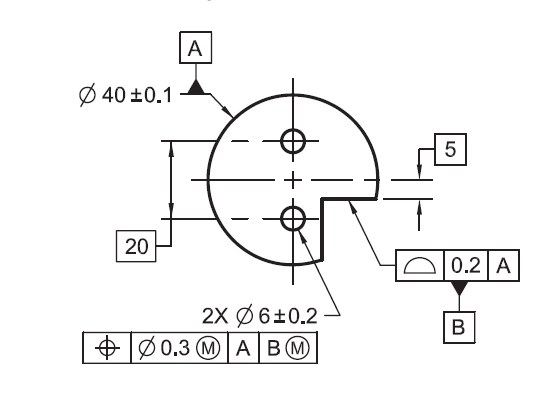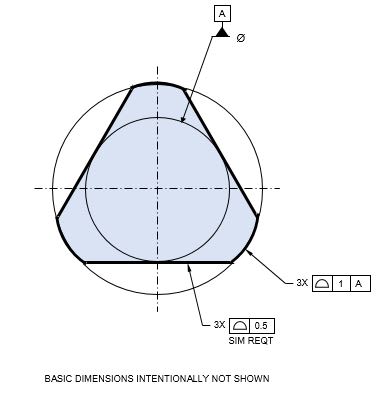Burunduk
Mechanical
- May 2, 2019
- 2,580
I noticed that para. 4.5.1 in Y14.5-2009 lists "(d) a minimum material envelope" as an example of a datum feature simulator. How is this specified on the drawing and what kind of applications is it useful for?
I thought that for datum features referenced RMB, the UAME (in case of primary) or RAME (in case of secondary/tertiary) is the datum feature simulator. For datum features referenced with material boundary modifiers, the simulator is the MMB or LMB boundary. Never have I seen how and when a UAMME/RAMME datum feature simulator is invoked...
I thought that for datum features referenced RMB, the UAME (in case of primary) or RAME (in case of secondary/tertiary) is the datum feature simulator. For datum features referenced with material boundary modifiers, the simulator is the MMB or LMB boundary. Never have I seen how and when a UAMME/RAMME datum feature simulator is invoked...


